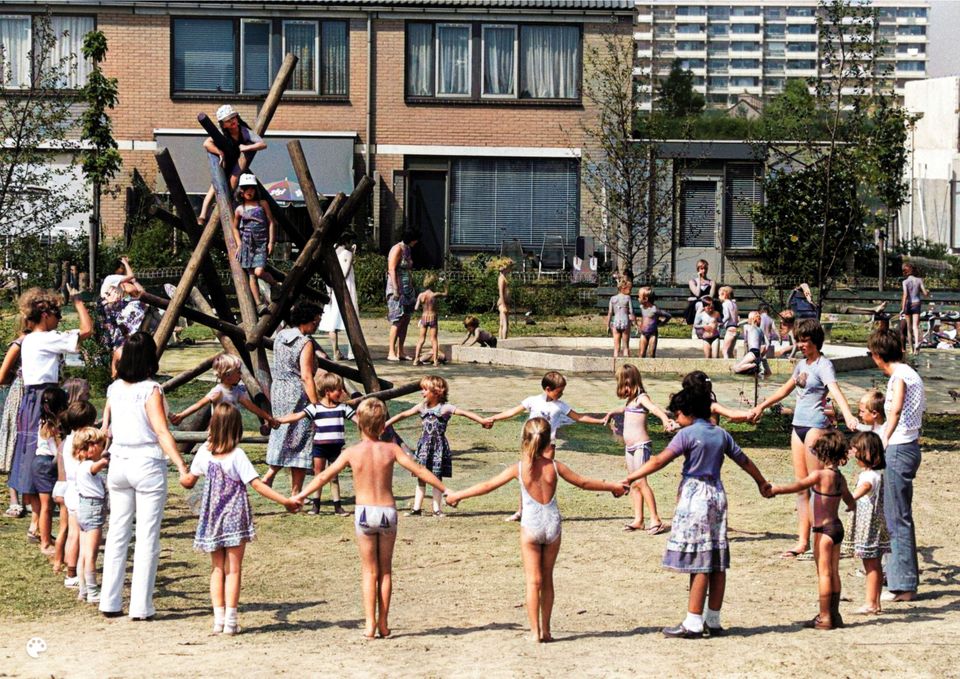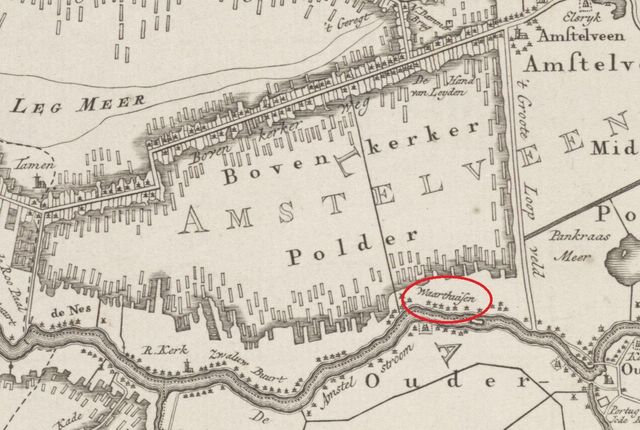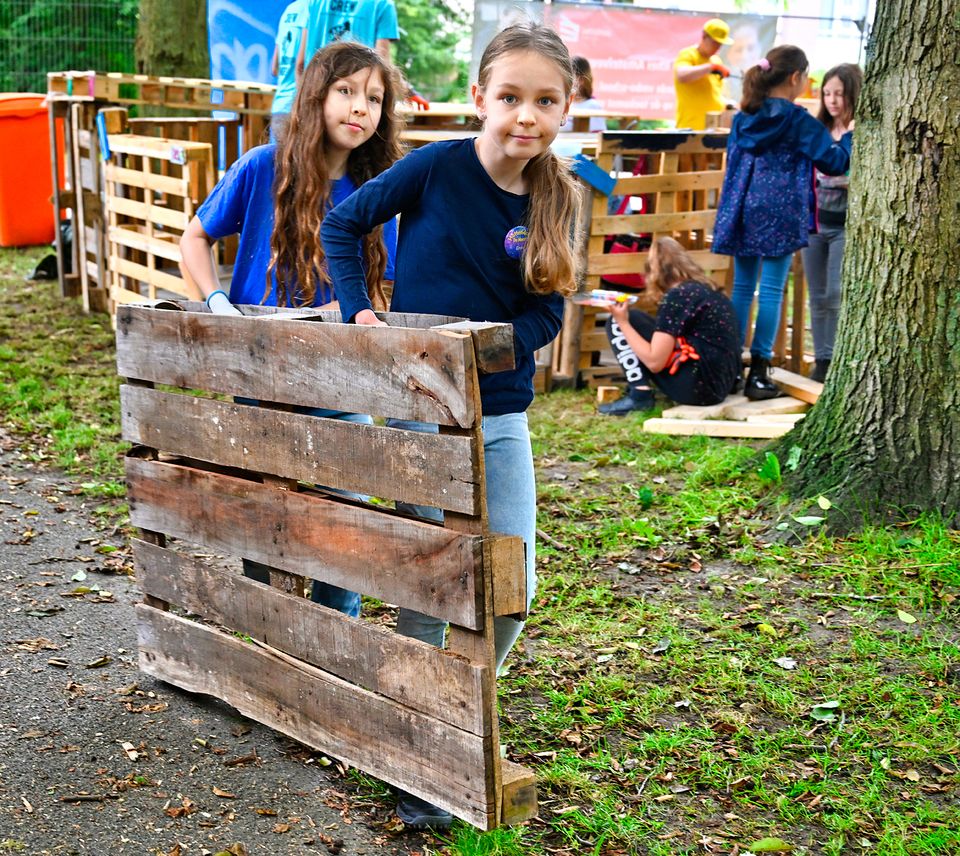
Panel 3 - Waardhuizen
During the construction of Waardhuizen, the aim was to return to a human scale. There were few apartment buildings and mostly single-family homes. These became known as 'cauliflower neighborhoods' because of the circular and dead-end streets. They were safe for traffic, but public transportation couldn't reach them. Public participation was a new phenomenon in the 1970s. In March 1977, eighty community groups received an invitation to an information session about the planned construction of the neighboring Middenhoven district. Themes such as housing, living environment, welfare, and traffic would be addressed in separate working groups. It was a learning experience for municipal authorities and residents to consider so many interests.
Waardhuizen
The residential area Waardhuizen …
During the construction of Waardhuizen, the aim was to return to a human scale. There were few apartment buildings and mostly single-family homes. These became known as 'cauliflower neighborhoods' because of the circular and dead-end streets. They were safe for traffic, but public transportation couldn't reach them. Public participation was a new phenomenon in the 1970s. In March 1977, eighty community groups received an invitation to an information session about the planned construction of the neighboring Middenhoven district. Themes such as housing, living environment, welfare, and traffic would be addressed in separate working groups. It was a learning experience for municipal authorities and residents to consider so many interests.
Waardhuizen
The residential area Waardhuizen is named after a hamlet on the Amstel River, where once stood the country estate Waardhuizen. In 1761, this was still a "pleasure place with a house, bowling alley, and garden house." By 1776, it had become a real country estate, bought for 5,000 guilders by the Amsterdam iron merchant Wolfert Beeldsnijder. He added a Chinese decorative house - Chinoiserie was in fashion - and called it Canton. The last owner, copper merchant Cornelis van Santen, demolished the country estate in 1810. The then hamlet retained its name.
Back to the route





